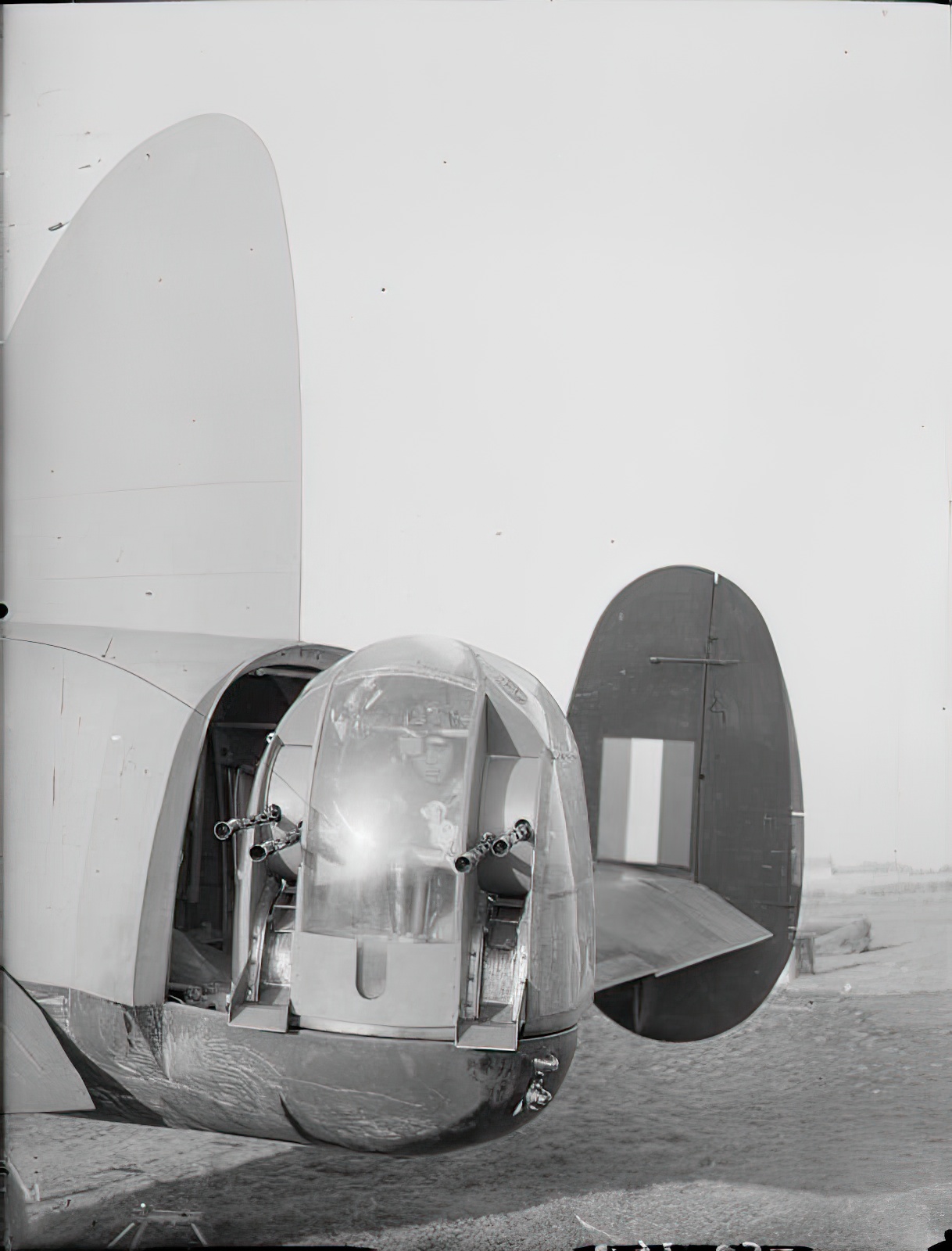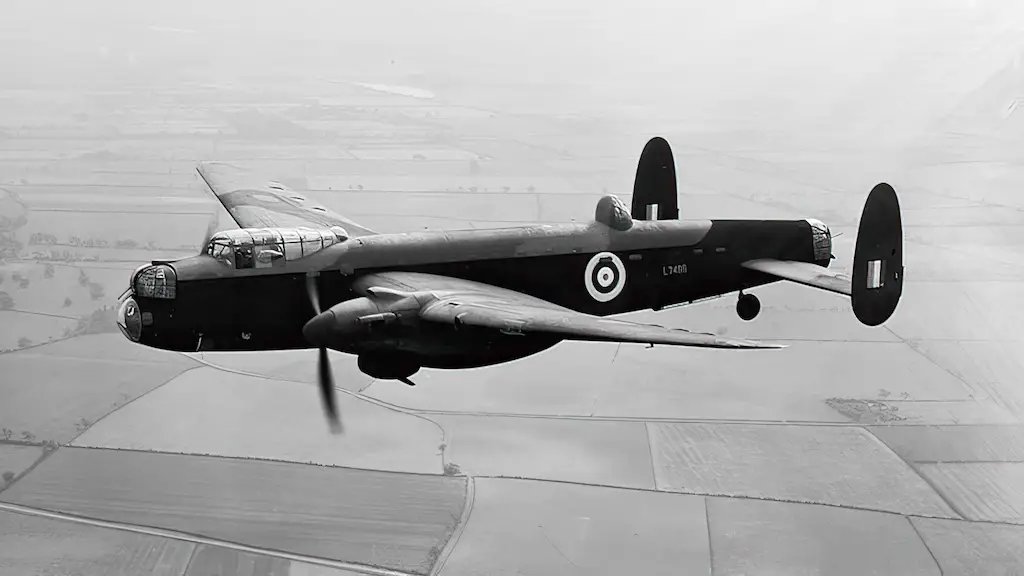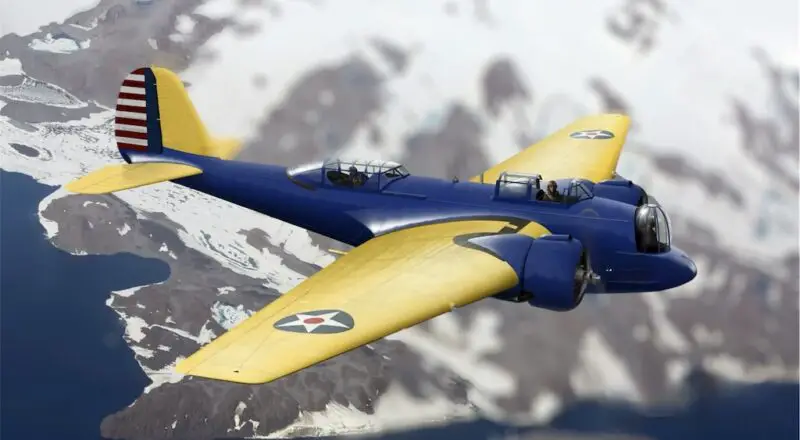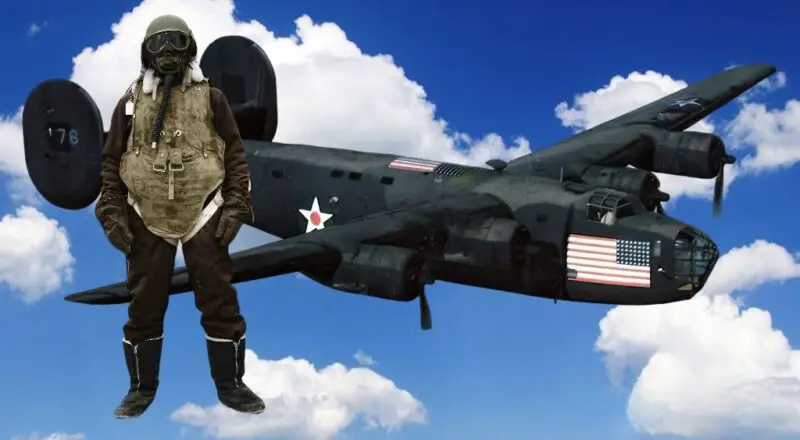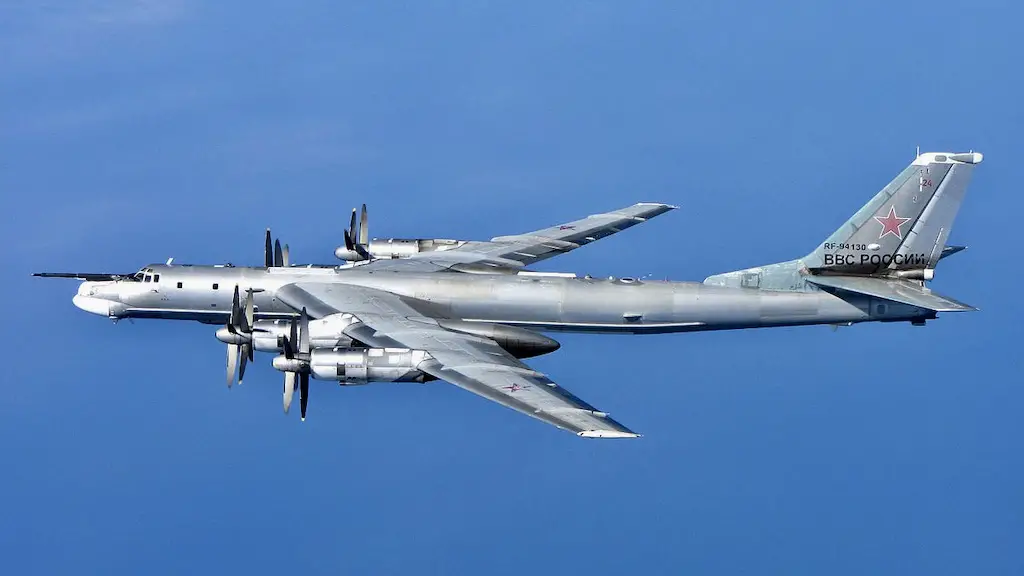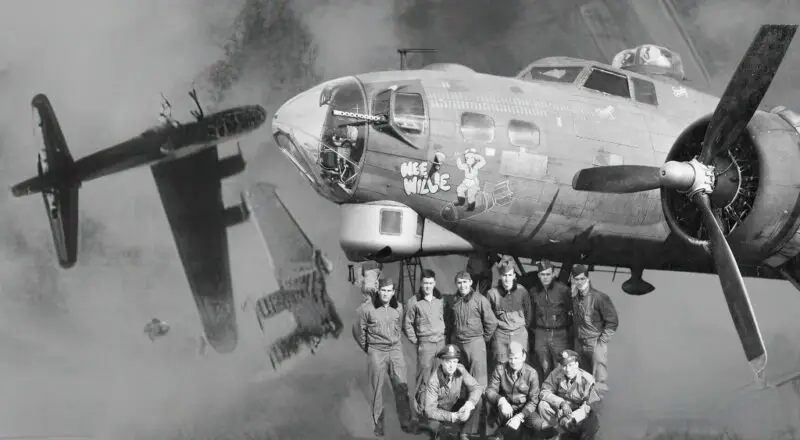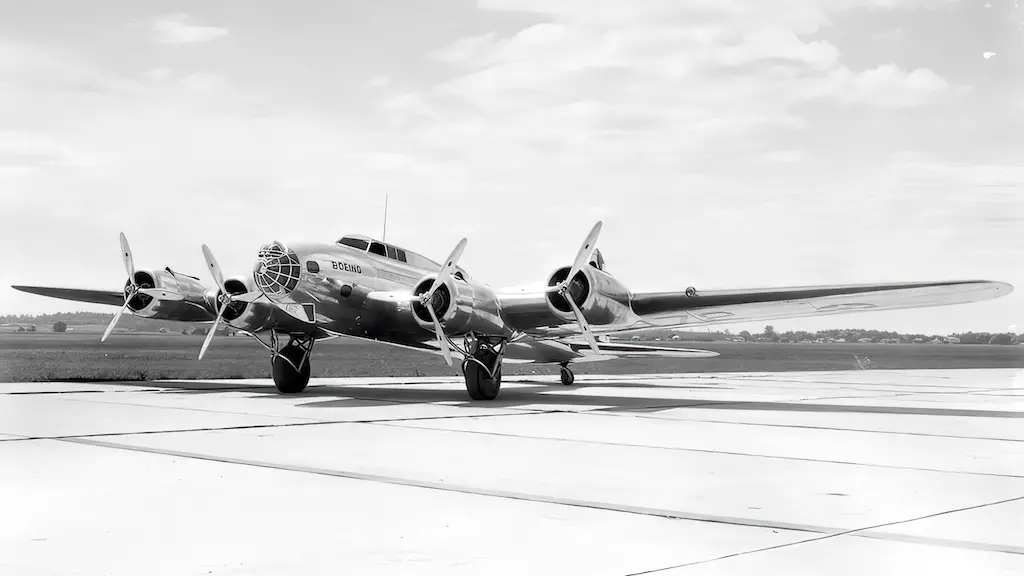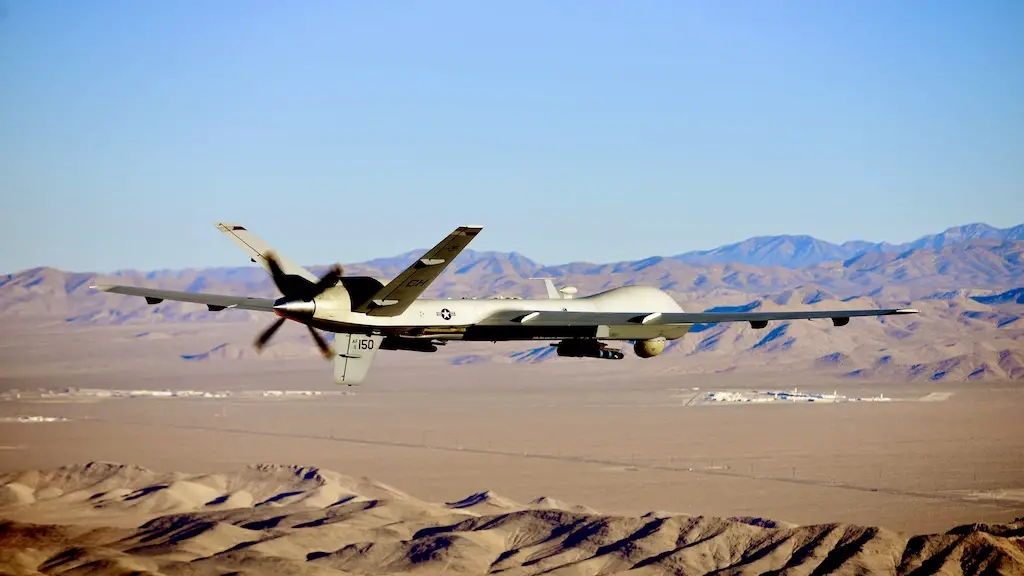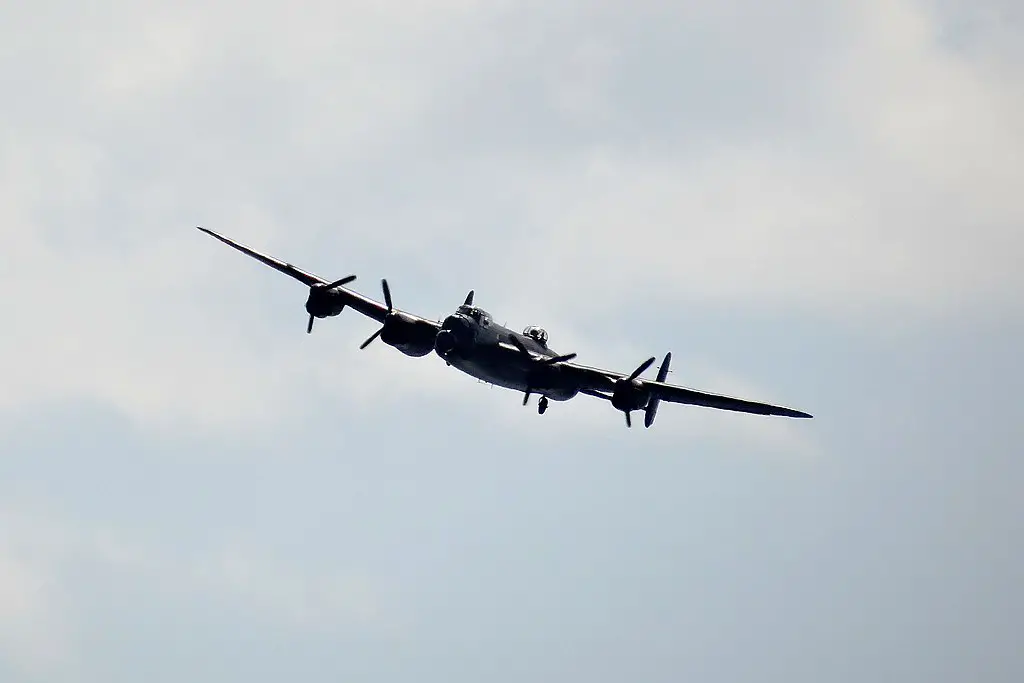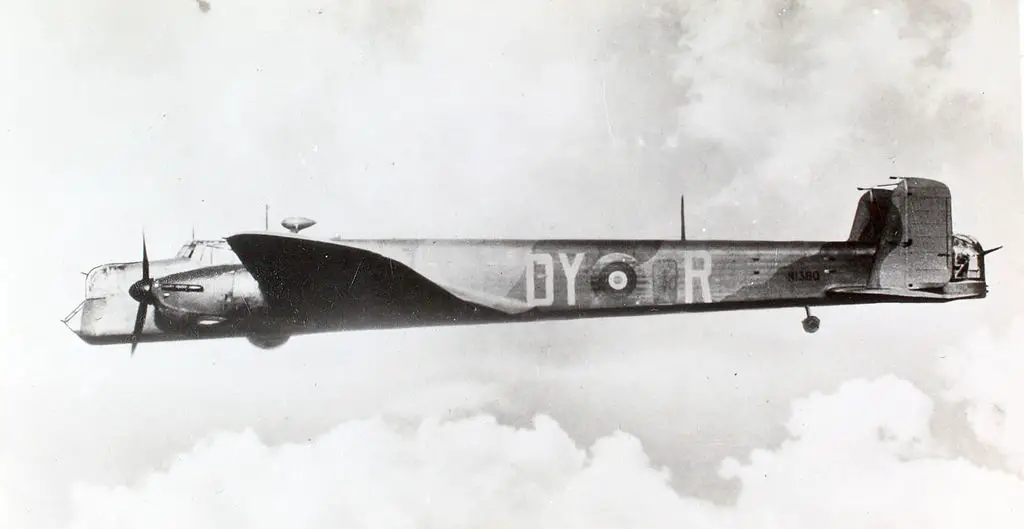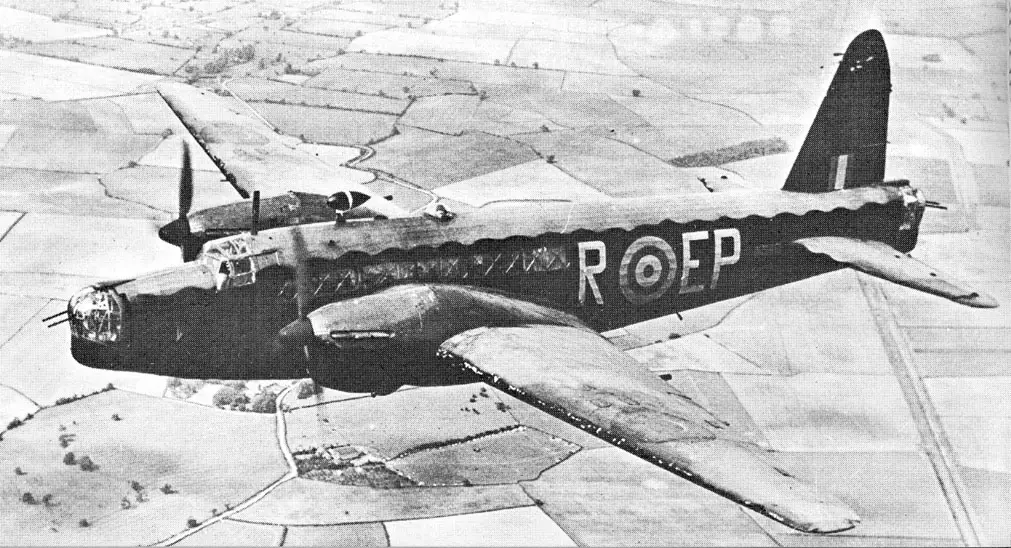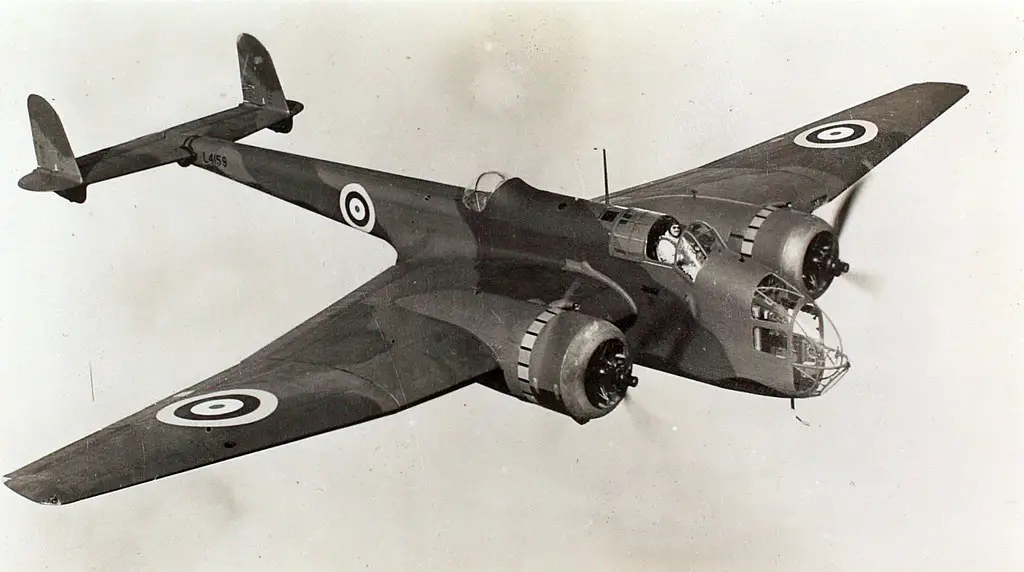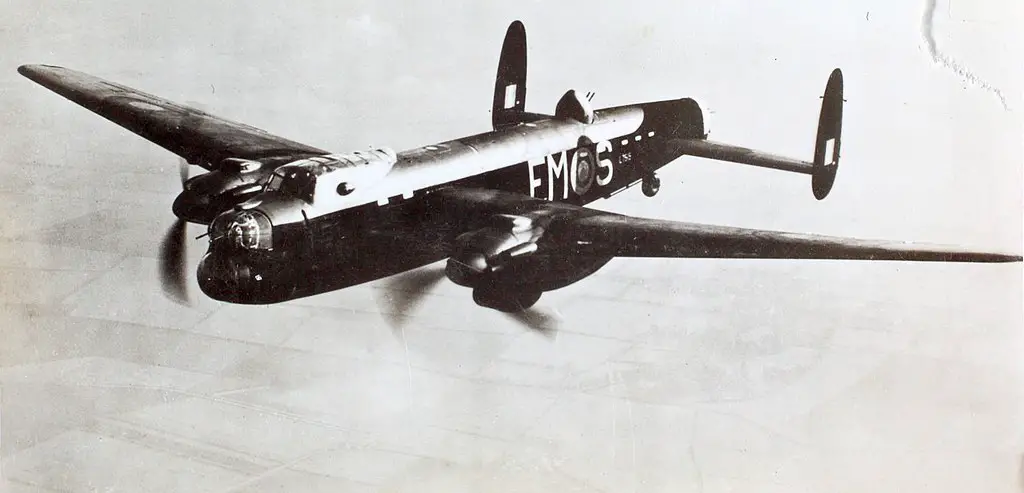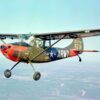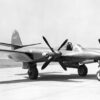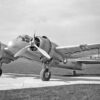The history of aviation is rife with tales of legendary aircraft, those that changed the tide of wars and left indelible marks on the annals of time. The Avro Lancaster, a formidable presence in the skies during the Second World War, stands as a testament to this legacy. Yet, behind the Lancaster’s acclaim lies the story of the Avro Manchester, its lesser-known precursor, whose blueprint inadvertently laid the foundation for the Lancaster’s celebrated success.
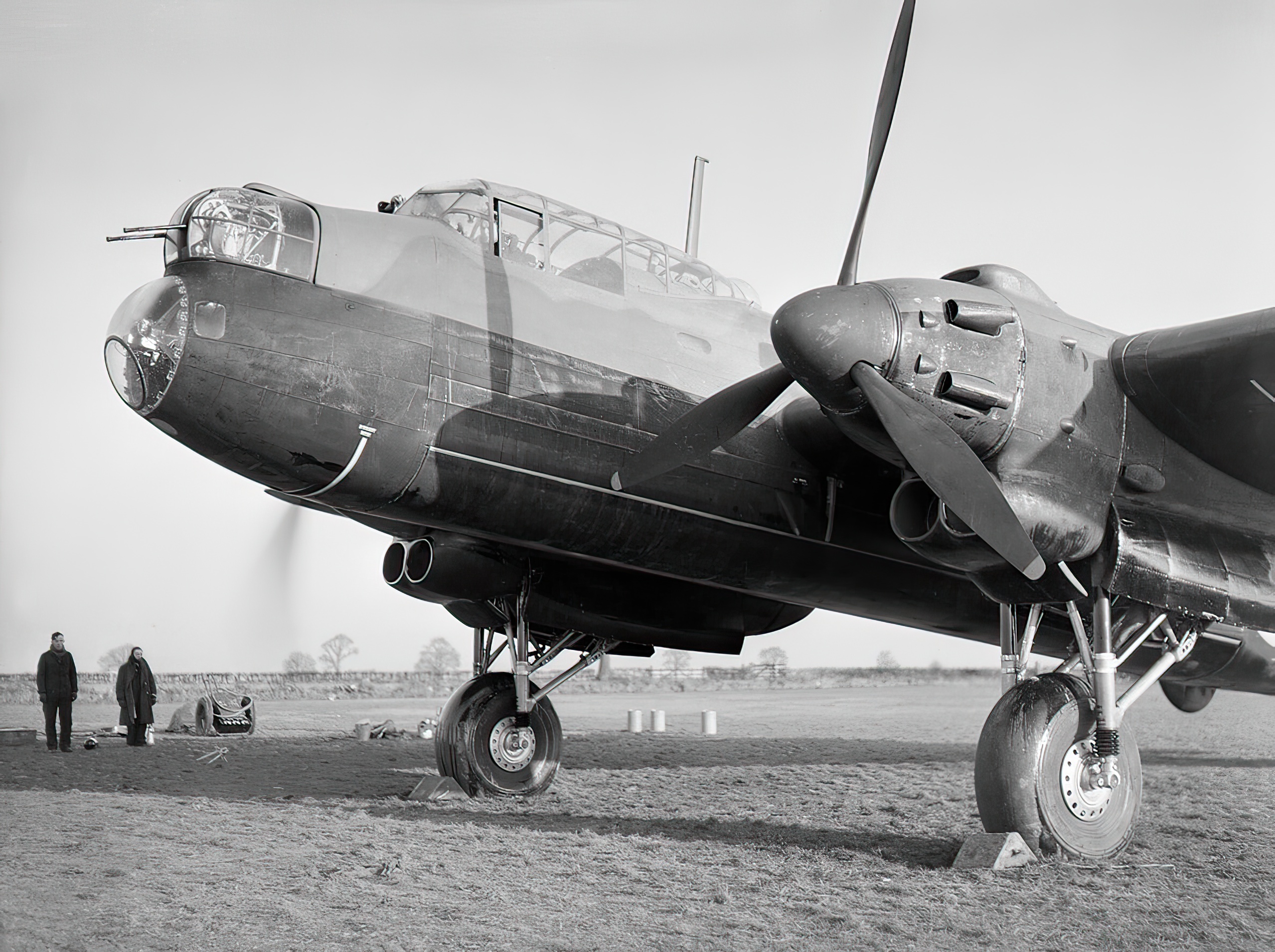
Development Footsteps
The Avro Manchester sprouted from the British Air Ministry’s Specification P.13/36, a call to arms, if you will, for a new medium bomber to bolster the ranks of the Royal Air Force (RAF). This specification was the birth certificate of not just the Manchester but also the Halifax bomber. In the mid-1930s, tension was brewing in Europe, and there was an urgent need to update and upscale the RAF’s fleet. Avro answered this call with a design that eventually became the Manchester, even as they competed with other aviation heavyweights of the era.
By 1939, the Manchester took to the skies for the first time. The aircraft was meant to replace existing bombers like the Armstrong Whitworth Whitley, Handley Page Hampden, and Vickers Wellington. Yet, for all its promise, the Manchester’s destiny was intertwined with the Rolls-Royce Vulture engine, a choice that would prove problematic.
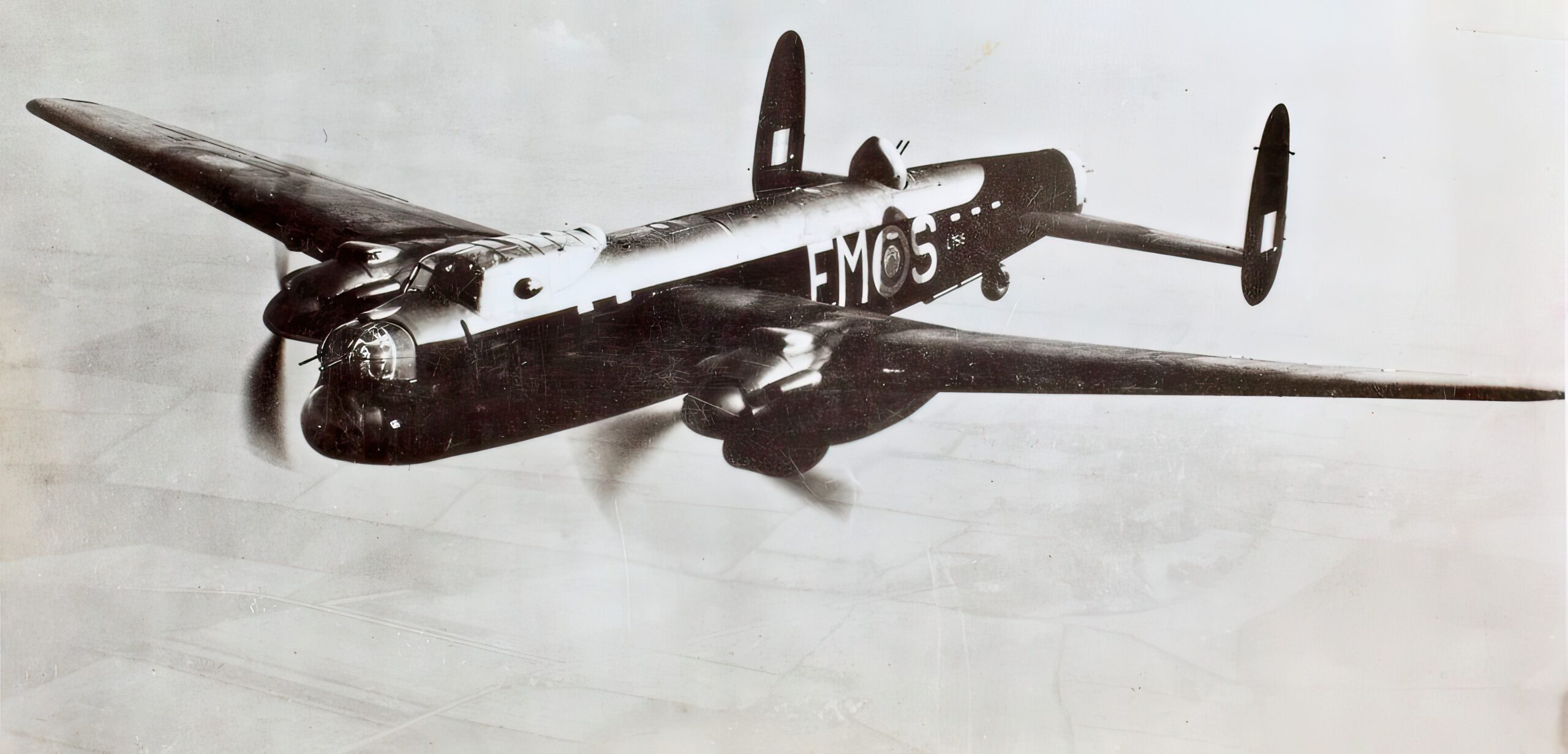
The Engine Dilemma
The Rolls-Royce Vulture engine, an amalgamation of two Rolls-Royce Peregrine engines, held much potential on paper. But in practice, it was plagued with reliability issues. The Vulture’s problems weren’t minor hiccups; they resulted in derating its power substantially from the initial promise. For the Manchester, an aircraft designed to carry the heavy burden of war, this power deficit was a significant handicap.
The issues with the Vulture weren’t unnoticed. Even as Manchesters were rolling off production lines, the Vulture’s reliability issues prompted a rethink. The Manchester’s design was versatile enough to undergo a metamorphosis, resulting in the four-engine Lancaster powered by the Rolls-Royce Merlin engine. This change was a turning point, setting the stage for the Lancaster’s success.
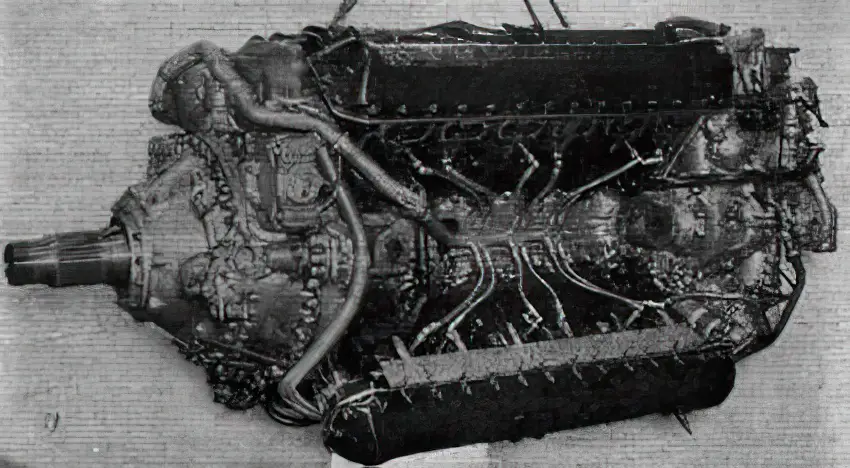
Flight Characteristics and Features
Despite its engine woes, the Manchester was a thoughtful design, prioritizing ease of manufacture and repair. Its structure was robust, with a fuselage featuring flush-riveted aluminum alloy skin and wings built for resilience. The cockpit was designed to offer an excellent field of vision for the pilot and fighting controller, while the navigator and bomb-aimer had their specialized compartments.
The Manchester’s underbelly was dominated by a bomb bay, covering almost two-thirds of the fuselage’s underside. This vast space could house a range of armaments, from traditional bombs to torpedoes. Protection for the crew was also a priority, with armoured sections and bulletproof glass at critical spots. The aircraft featured three hydraulically-operated turrets for defense, providing a decent coverage against enemy fighters.
Operational Use and Legacy
Despite the anticipation, the Manchester’s operational history with the RAF was bittersweet. From its first operational mission in February 1941, the Manchester faced challenges. Engine issues led to multiple groundings, and when it did fly, technical hitches like tail flutter and hydraulic failures were not uncommon.
But the Manchester’s enduring legacy isn’t its operational record but what it gave birth to – the Lancaster. The Manchester’s structure and design DNA flowed into the Lancaster, which went on to be one of the most impactful bombers of World War II. The Manchester’s challenges paved the way for the Lancaster’s success, making it an integral, if often overshadowed, part of aviation history.
In the end, while the Avro Manchester might not have shone as brightly as its illustrious successor, its place in history is undeniable. It was the crucible from which the legendary Lancaster emerged, and for that alone, it deserves to be remembered.
